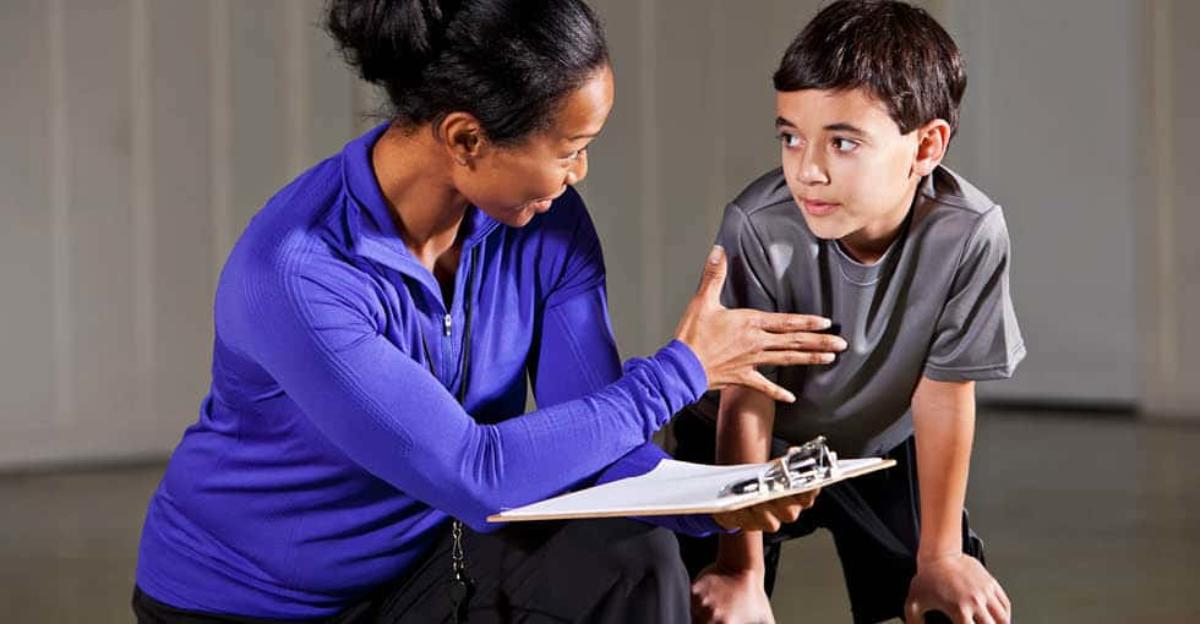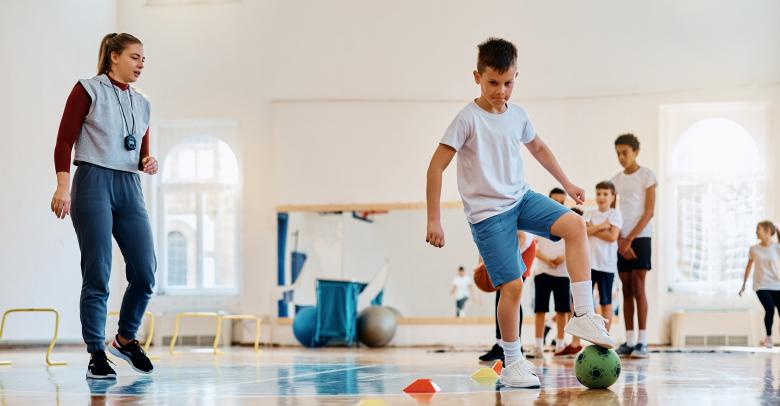By: Melanie Lynch, 2016 National Health Education SHAPE America® Teacher of the Year
Valuing Students by Giving Them a Voice
Summer, for me, has always been a time for relaxing and reflecting on my previous teaching year. With that reflection comes the pondering of how I was going to be a better teacher in the new year. This summer, after 21 years at the same job, I have made a bold change and took a new job over 150 miles away. Currently, my reflection is looking much different for this coming year. The internal dialog in my head sounds something like “Will I be as effective in my new position as I was in my old one?” With that thought, I ask myself what made me so effective in the first place. What was the secret? When you teach in the same building for 21 years and have taught whole families and even hit the “my mom had you” milestone, a lot of success comes from former students advertising the positives of my course. At my new job, I am starting from scratch. I don’t have an older sibling doing great PR for myself and/or my class at the dinner table when schedules get mailed home. Luckily for all of us, being effective health educator comes down to one simple concept: relationships. First and foremost, we need to build strong relationships with the children that we are fortunate enough to teach. Taking the time to build strong relationships at the beginning of our school year with our students will show them that we care about them and, subsequently, this will help build their trust of this new adult that they are randomly matched with by some computer.
So, what does this look like in practice? The first video that I am going to share with my new students is Rita Pierson’s Ted Talk entitled every kid needs a champion. In this poignant video, Rita explains the value and importance of relationships. I want my students to know that I am going to be adult in their corner and I value getting to know them all and building meaningful relationships with them.
Secondly, I will have my students help me come up with our classroom values and norms. This gives the students voice and choice over their work environment. It also illustrates that I value the contributions that they can make to the climate of our classroom. They will be more vested in the process because they were part of the decision process.
Lastly in that first week, I want each student to create a slide with a picture on it and their name. They must list five adjectives that describes who they are and at least six pictures that represent their interests. Now, they get up and introduce themselves with their slides to the entire class.
Students today come to our classrooms with an eclectic mix of experiences. Health classes facilitate discussions about personal and sensitive topics. We are more like life coaches than anything else, and it takes trust for a student to examine their health habits and have the confidence and desire to want to change these behaviors. Once we reach this level of trust needed, we can then help them master the skills necessary to become health literate.
So don’t be afraid to take the time to really get to know your students. They will appreciate this effort and it will pay off many times over throughout the time you are teaching them. It also does wonder for class management and morale. If you did not spend enough time getting to know your students, I encourage you to take the next few classes and work on getting to know your students and allowing them the time to get to know each other.
I hope you have a wonderful school year and may your efforts help you to build life-long relationships with your students.
Join Melanie Lynch along with other 2016 National SHAPE America® Teachers of the Year for a free webinar “Back to School: Setting the Tone for Success.”
Look for the Teacher Approved icon to shop for products recommended by award-winning and nationally recognized physical education teachers. The physical education instructor’s opinions are solely their own and do not officially represent the views of SHAPE America.






Leave a Reply